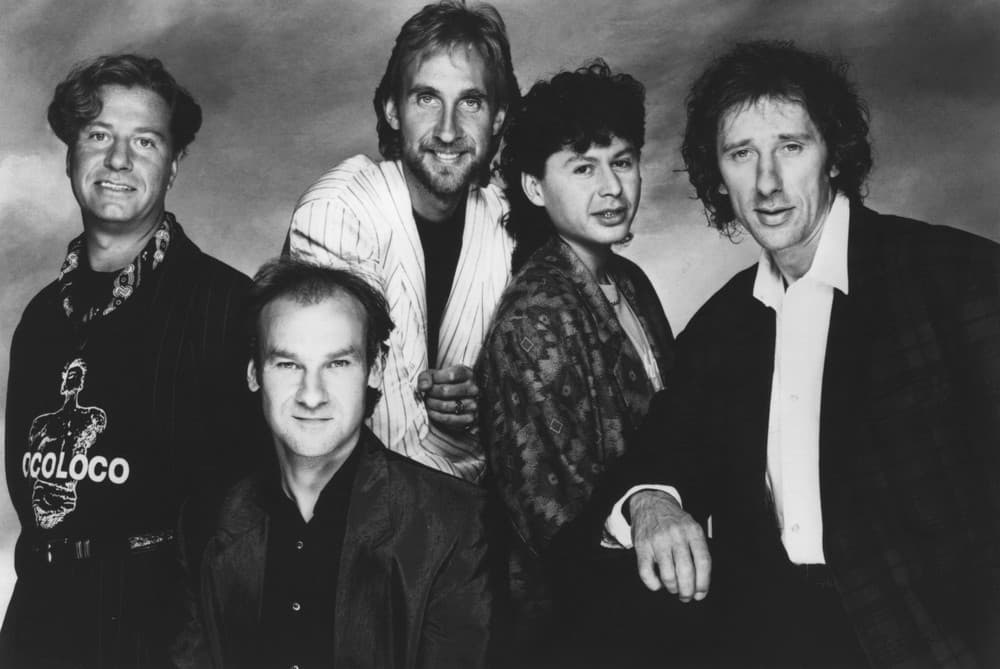
A poignant reflection on unspoken words and the enduring bond between generations.
“The Living Years”, released in 1988 from the album of the same name, is more than just a song; it’s a poignant exploration of the complex dynamics between fathers and sons, the unspoken words that often linger, and the regret that can haunt us if we don’t bridge the gap. This powerful ballad resonated deeply with audiences worldwide, achieving remarkable chart success. It reached number one in the US Billboard Hot 100, Australia, Canada, and Ireland, and peaked at number two in the UK Singles Chart, achieving silver certification. This widespread acclaim speaks to the universality of its theme: the yearning for connection and understanding across generations.
The song’s genesis is rooted in personal experience. The lyrics were primarily written by B.A. Robertson, inspired by his own relationship with his father. Robertson has spoken about how his father passed away without them ever having a truly open and heartfelt conversation. This personal grief permeates the song, lending it an authenticity that is both touching and relatable. It’s not simply a lament; it’s a call to action, a reminder to cherish the present and express our feelings before it’s too late.
Musically, “The Living Years” is a masterpiece of understated power. The gentle piano melody, combined with Paul Carrack’s soulful vocals, creates an atmosphere of quiet reflection. The instrumentation builds gradually, adding layers of emotion without ever becoming bombastic. This delicate balance allows the lyrics to take center stage, allowing listeners to connect with the song’s message on a deeply personal level. Carrack’s delivery is particularly noteworthy; his voice carries a sense of vulnerability and sincerity that perfectly complements the song’s theme. He doesn’t just sing the words; he embodies them, conveying the pain of regret and the hope for reconciliation with remarkable sensitivity.
The song’s impact was immediate and profound. It wasn’t just a commercial success; it became a cultural touchstone, sparking conversations about family relationships and the importance of communication. Many listeners have shared stories of how the song helped them to reconnect with their own fathers or to find solace in times of grief. This enduring resonance is a testament to the song’s timeless quality. It speaks to a fundamental human experience that transcends time and cultural boundaries. The lyrics, “Say it loud, say it clear,” became a mantra for those seeking to bridge the divide between generations.
The music video, directed by Nick Morris, further enhances the song’s emotional impact. It features black-and-white footage of a father and son interacting, interspersed with shots of the band performing. The video’s simplicity and emotional depth perfectly complement the song’s message. The use of black and white adds a sense of timelessness, emphasizing the enduring nature of the themes explored.
Beyond its commercial success, “The Living Years” received critical acclaim, earning several prestigious accolades. It was nominated for multiple Grammy Awards in 1990, including Record of the Year and Song of the Year, solidifying its place as a significant work of art. In 1989, it won the Ivor Novello Award for Best Song Musically & Lyrically, a testament to the songwriting prowess of Robertson and Mike Rutherford.
Decades later, “The Living Years” continues to move listeners with its powerful message. It serves as a reminder of the importance of open communication and the enduring bonds that connect us to our families. It’s a song that speaks to the heart, reminding us to cherish the present and express our love before it’s too late. It’s a timeless classic that will continue to resonate with generations to come. This song reminds us that sometimes, the most important conversations are the ones we never had, and the ones we still have the chance to begin.